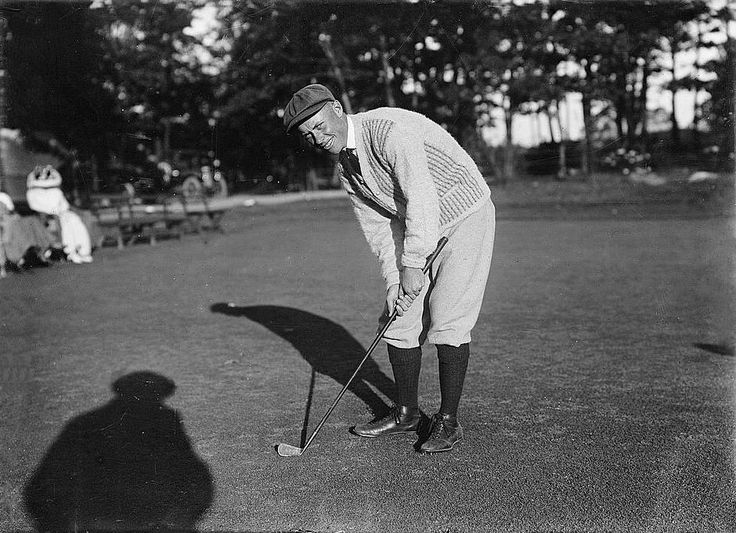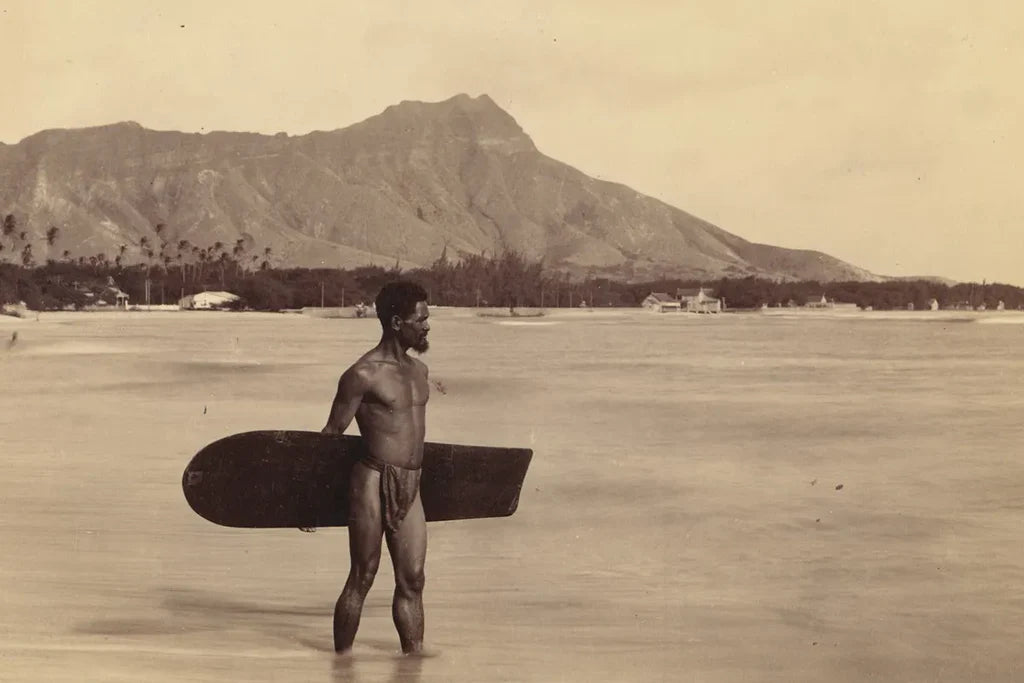The History of Golf: From Ancient Games to Modern Greens
Golf, known for its elegance and strategic complexity, has a fascinating history that spans several centuries. From humble beginnings in medieval Europe to the global sport we know today, golf's development reflects the evolution of both sport and society.
Early Beginnings: Tracing the Roots of Golf
While golf as we know it was formalized in Scotland, many historians suggest that golf-like games have been around for much longer. Games played with sticks and balls have been found in various ancient civilizations, including the Roman game paganica, where participants hit a leather ball with a curved stick. Despite these earlier forms, golf truly began to take shape in Scotland during the 15th century.
By 1457, golf had grown so popular in Scotland that King James II banned the game, fearing it distracted soldiers from archery practice. This decree suggests that golf was already widespread, making it a beloved pastime long before it became an organized sport. Despite the ban, golf's popularity only increased over time.

The Evolution of Golf in Scotland: The Birthplace of Modern Golf
Scotland is universally recognized as the birthplace of modern golf. In the 16th century, golf began to flourish along the eastern coastline of Scotland, particularly in St. Andrews. It was here that many of the game’s enduring traditions took root.
St. Andrews, often referred to as the “Home of Golf,” became the setting for one of the world’s oldest golf courses. The Old Course at St. Andrews has been in use since the early 1500s and remains a vital part of professional golf today. During this period, the basic rules of the game were established, including the 18-hole layout that is now standard across courses worldwide.

The Spread of Golf Across Europe
During the 17th century, golf began to spread beyond the borders of Scotland, especially into England. Notably, in 1603, when King James VI of Scotland became King James I of England, he brought his love of golf to the English court. As the game gained royal favor, it started attracting new players from the aristocracy and nobility.

In the following decades, golf's popularity slowly extended to other parts of Europe. However, it remained primarily a Scottish and English game during this era, often associated with wealthy classes and played on private courses.
The Emergence of Golf Clubs and Balls
The history of golf clubs is closely tied to the sport’s development. Early clubs were handmade, typically carved from wood. The first professional club makers emerged in the 16th century, creating specialized clubs designed to improve the player's control and accuracy.
By the 17th century, golf club design became more sophisticated. Woods were used for longer shots, while irons, originally forged from metal, were introduced for shorter, more precise hits. While no single individual is credited with inventing the golf clubs, Scottish craftsmen were the earliest pioneers in this field, perfecting both the design and functionality of the clubs.

Golf balls also evolved over time. Early versions were made of wood, but by the 17th century, they were replaced by feather-filled leather balls known as “featheries.” These were later supplanted by the gutty ball in the mid-19th century, which was cheaper to produce and more durable.

Formalizing the Game: The Rules and Competitions
As golf grew in popularity during the 18th century, it became clear that the game needed formalized rules and structured competitions. In 1744, the Honourable Company of Edinburgh Golfers, based at Leith Links, drafted the first official rules of golf. This set of 13 rules laid the foundation for the modern game, emphasizing proper etiquette and fair play.
In 1754, the Society of St. Andrews Golfers was founded, eventually evolving into The Royal and Ancient Golf Club of St. Andrews. This institution would become one of the most influential organizations in the history of golf, playing a key role in shaping the rules and regulations that govern the game globally.

Throughout the 19th century, as golf continued to gain popularity, formal competitions began to emerge. One of the most notable was The Open Championship, first played in 1860 at Prestwick Golf Club. Known as "The Open," it remains one of the most prestigious tournaments in the golfing world today.
Golf’s Global Expansion: 19th and 20th Century Growth
The 19th century marked a period of rapid expansion for golf. As British influence spread across the globe, so did the sport of golf. Clubs began forming across England, Ireland, and eventually North America. The Royal and Ancient Golf Club of St. Andrews, founded in 1754, became the governing body of golf and established the rules that are still followed today.
The introduction of the gutta-percha ball (or gutty) in the mid-1800s revolutionized the game. This ball was not only more durable but also much cheaper to produce than its predecessors, making the sport more accessible to a wider audience. By the late 1800s, golf had firmly taken root in the United States, leading to the creation of the first golf clubs and courses in the New World.

The Rise of Professional Golf
Golf evolved from a recreational activity to a professional sport by the early 20th century. The establishment of tournaments like The Open Championship, first played in 1860, gave rise to a new era of competitive golf. Players from across the globe began to participate in these tournaments, and professional golfers became household names.
The United States also became a major player in the sport. The U.S. Open, established in 1895, quickly grew in prestige, attracting golfers from both sides of the Atlantic. The Professional Golfers' Association (PGA) was founded in 1916, solidifying the sport's professional status in America.

Modern Golf: Technology and the Global Game
The 20th century brought significant technological advancements to the sport, particularly in the design of both clubs and balls. The introduction of steel-shafted clubs in the 1930s improved accuracy and distance. In the 1960s, golf club materials evolved further, with the introduction of graphite shafts and titanium heads, making the equipment lighter and more powerful.

The history of golf clubs is one of constant innovation. Modern clubs are designed using advanced technology that optimizes swing mechanics, distance, and precision, allowing players to achieve new levels of performance. Today, players have access to a wide variety of clubs tailored to specific needs, from drivers to wedges.
The global reach of golf also expanded significantly throughout the 20th century, with professional tours now held on every continent. The establishment of the Masters Tournament in 1934, the PGA Tour, and the Ryder Cup all contributed to golf’s growing international appeal. Iconic players like Jack Nicklaus, Arnold Palmer, and Tiger Woods further elevated the sport’s profile and inspired new generations of golfers.

Conclusion: Golf’s Enduring Legacy
Golf's history is one of evolution and expansion. From its origins in Scotland to its status as a global sport, golf has retained its unique character while embracing change. Technological advancements in equipment, the rise of professional tournaments, and the sport's accessibility to players of all skill levels have cemented golf’s place in the world of sports.
As we look to the future, it is clear that golf will continue to evolve, driven by innovation in both equipment and training. However, its rich history will always be a testament to the enduring appeal of this beloved game.
The Golf Bag Patent
In 1905, James Herbert Winslow revolutionized the golf bag with his patented design that introduced a second compartment, allowing golfers to carry not only clubs but also personal items like clothing. This innovation made golf bags more versatile and user-friendly, marking a key moment in the evolution of golf equipment. Winslow’s design set the stage for the modern, multi-compartment golf bags we see today, emphasizing convenience and functionality for golfers both on and off the course.
The Golf Club Patent
In 1910, Albert C. Fowler patented a golf club designed to improve both distance and accuracy. The key innovation lies in the shaft's oval cross-section, which provides rigidity during the forward swing to prevent slicing while allowing flexibility at the moment of impact to enhance distance. This design was a significant advancement in golf club technology, helping golfers achieve longer, straighter shots. Fowler's contribution played an important role in the ongoing refinement of golf clubs, influencing modern designs that balance power and control.
The Golf Shoes Patent
In 1932, Milton B. Reach patented a golf shoe design that improved stability and footwork during swings. The shoes featured a flared heel and an extended, rectangular-edged sole on the outer side for support during lateral movements, while the inner side had a flush, rounded edge for flexibility. This design allowed golfers to maintain balance during key parts of their swing, reducing the likelihood of slipping. The innovation contributed to the evolution of specialized golf footwear, enhancing performance and comfort on the course.
The Golf Tee Patent
In 1899, George F. Grant patented a golf tee that greatly improved the game’s convenience and consistency. His design featured a wooden base with a flexible rubber head that supported the ball. Unlike the traditional method of forming sand mounds to hold the ball, this tee offered uniform height for each drive and minimized interference with the golfer's swing. Grant’s innovation was one of the earliest examples of a modern golf tee, helping standardize how the game is played today.







